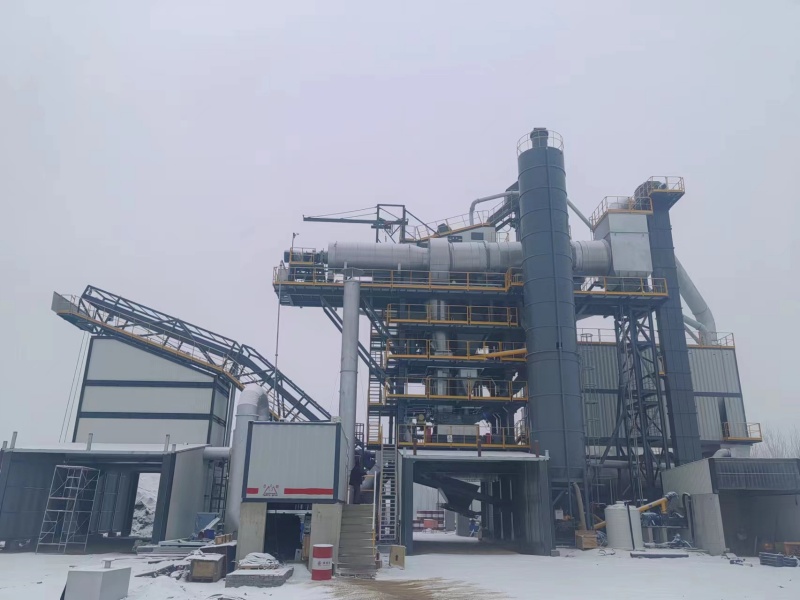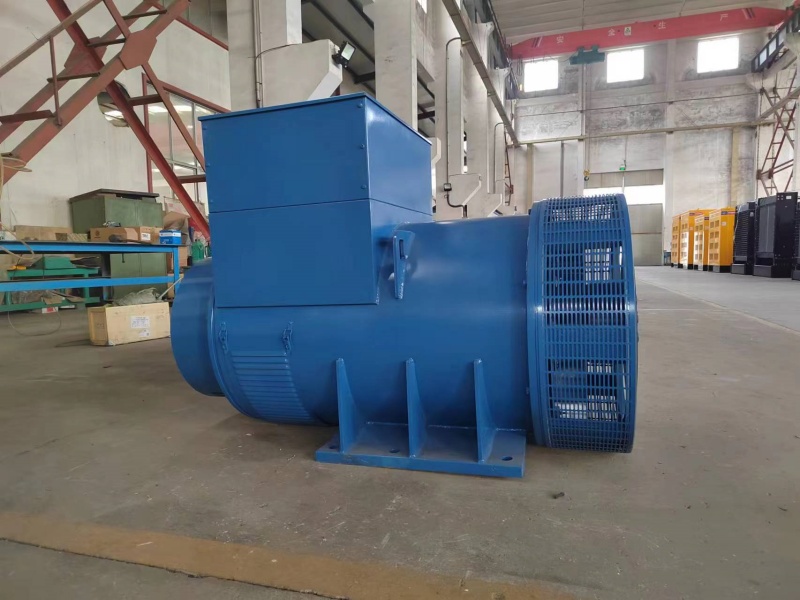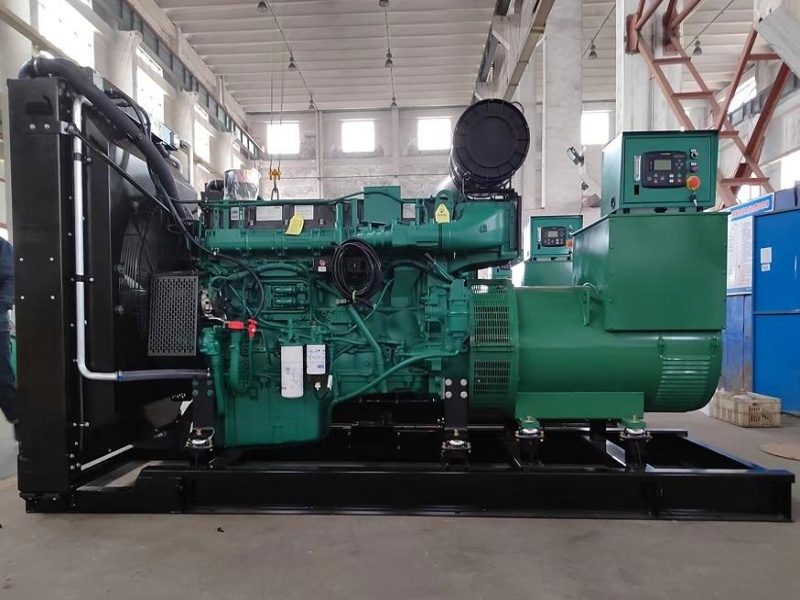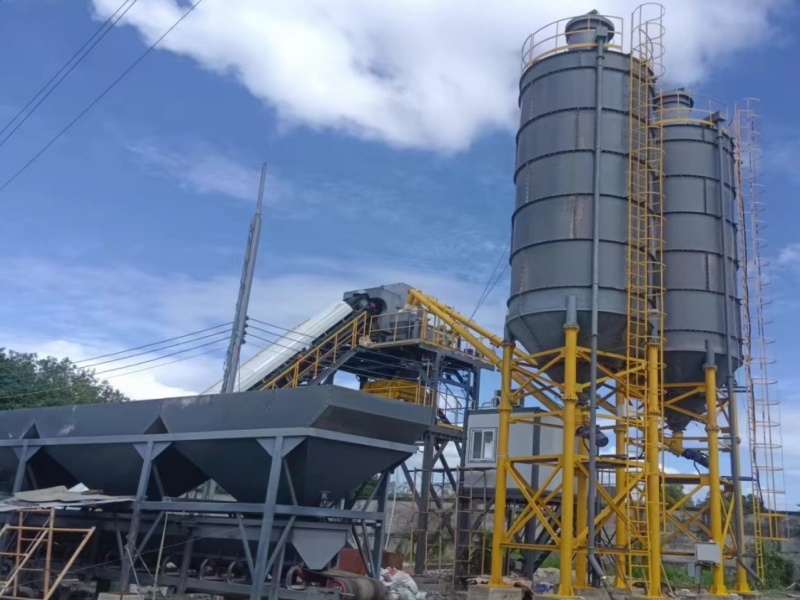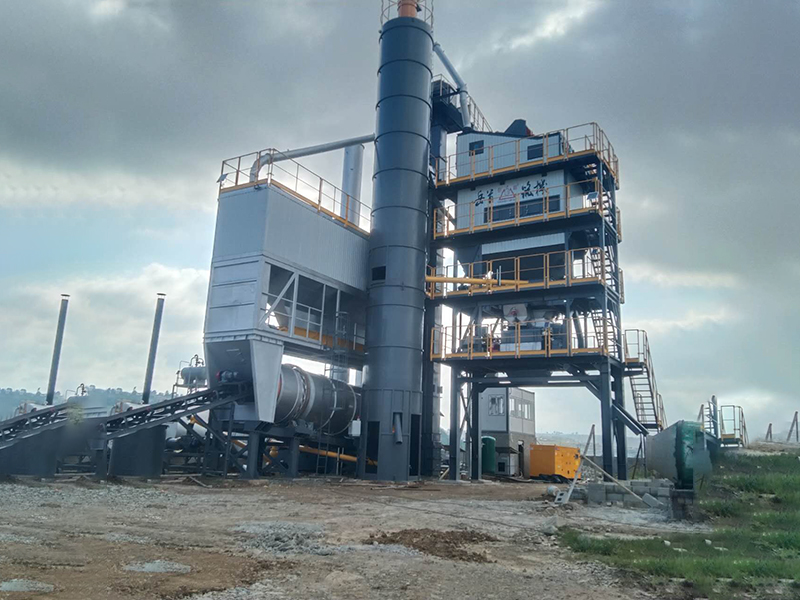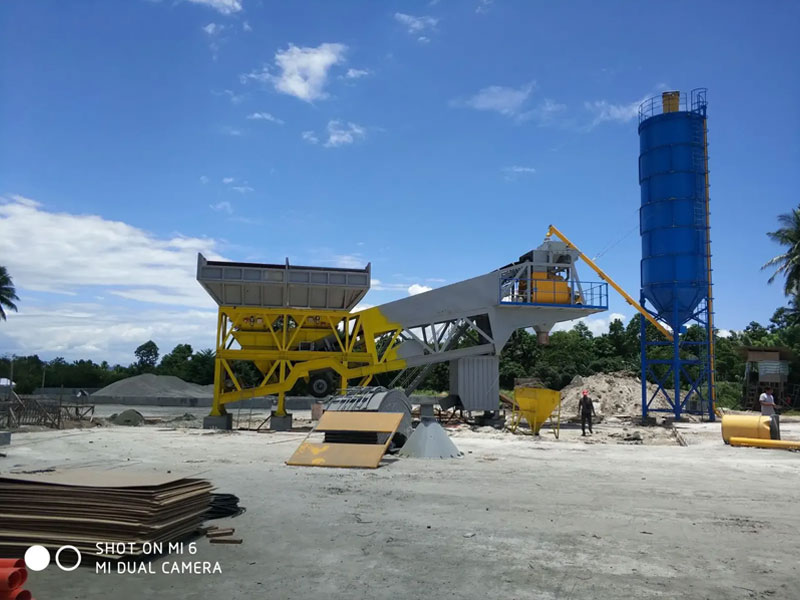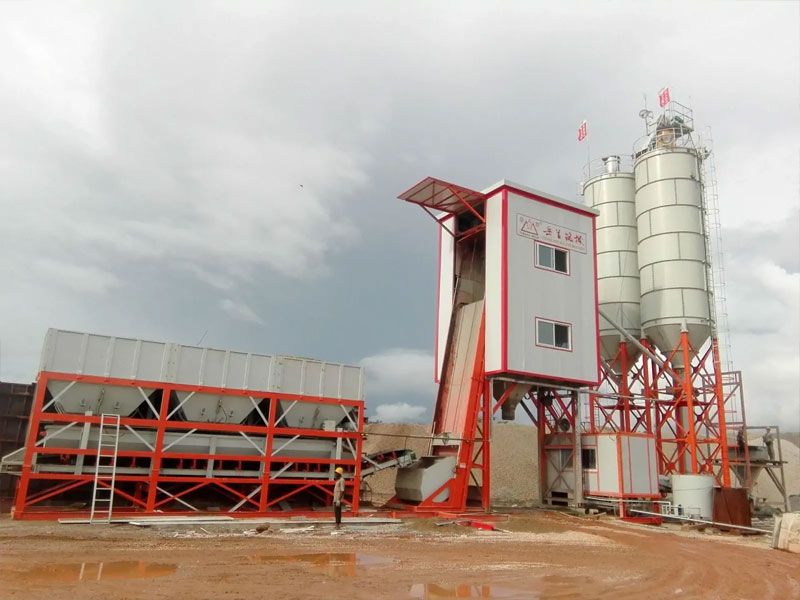High-Quality lafarge concrete plants Exporters
High-Quality Lafarge Concrete Plants Exporters: A Comprehensive Guide
This guide provides in-depth information on sourcing high-quality High-Quality Lafarge concrete plants from reputable exporters. We'll cover key factors to consider when selecting a supplier, explore the benefits of Lafarge concrete, and offer practical advice for a successful procurement process. Learn about different plant types, capacity considerations, and crucial aspects of international trade related to this specialized equipment.
Understanding Lafarge Concrete and its Applications
LafargeHolcim, a global leader in building materials, produces a wide range of high-performance concrete mixes. Their commitment to quality and innovation makes their concrete a preferred choice for large-scale construction projects worldwide. Choosing a supplier of High-Quality Lafarge concrete plants ensures access to robust and efficient equipment designed to handle these superior materials. The use of Lafarge concrete often translates to increased durability, strength, and longevity for structures.
Types of Lafarge Concrete and Plant Requirements
The specific type of High-Quality Lafarge concrete plants needed depends on the type of concrete being produced and the scale of the operation. For instance, ready-mix concrete plants differ significantly from those used for precast concrete applications. Understanding these differences is crucial for selecting the appropriate equipment. Some plants are designed for specialized concrete mixtures requiring precise control over ingredients and mixing processes.
Finding Reliable Exporters of High-Quality Lafarge Concrete Plants
Sourcing High-Quality Lafarge concrete plants requires careful consideration of several factors. Reputable exporters will offer transparent pricing, reliable shipping, and comprehensive after-sales support. Conduct thorough research to identify exporters with a proven track record and positive customer reviews. Verify their certifications and licenses to ensure compliance with industry standards.
Key Factors to Consider When Choosing an Exporter
When evaluating potential exporters, assess their experience, the quality of their equipment, their warranty policies, and their responsiveness to inquiries. Compare quotes from multiple suppliers to secure the best possible price and terms. Additionally, consider the exporter's ability to provide spare parts and technical support after the sale. A strong after-sales service network is critical for long-term operational success.
Exploring Different Types of Concrete Plants
The market offers various types of concrete plants, each with its own advantages and disadvantages. Selecting the right plant type is crucial for meeting specific project needs and optimizing production efficiency. Consider factors like production capacity, automation level, and the required level of mixing precision.
Comparison of Different Concrete Plant Types
| Plant Type | Capacity | Automation | Suitability |
|---|---|---|---|
| Ready-Mix Plants | Variable (Small to Large) | High to Low | Large-scale projects, construction sites |
| Batching Plants | Variable (Small to Large) | Medium to High | Precast concrete production, large infrastructure projects |
| Mobile Plants | Small to Medium | Low to Medium | Smaller projects, temporary construction sites |
International Trade Considerations
Importing High-Quality Lafarge concrete plants involves navigating international trade regulations and logistics. Understand import duties, taxes, and shipping costs to accurately estimate the total project expense. Engage a reputable customs broker to streamline the import process and ensure compliance with all applicable regulations. Careful planning and coordination are crucial for a smooth and efficient import process.
For high-quality mixing equipment, consider exploring Taian Yueshou Mixing Equipment Co.,Ltd. They offer a range of solutions that could complement your High-Quality Lafarge concrete plants investment.
1 LafargeHolcim Website (Specific product details and technical specifications should be sourced directly from the manufacturer's website).
Related products
Related products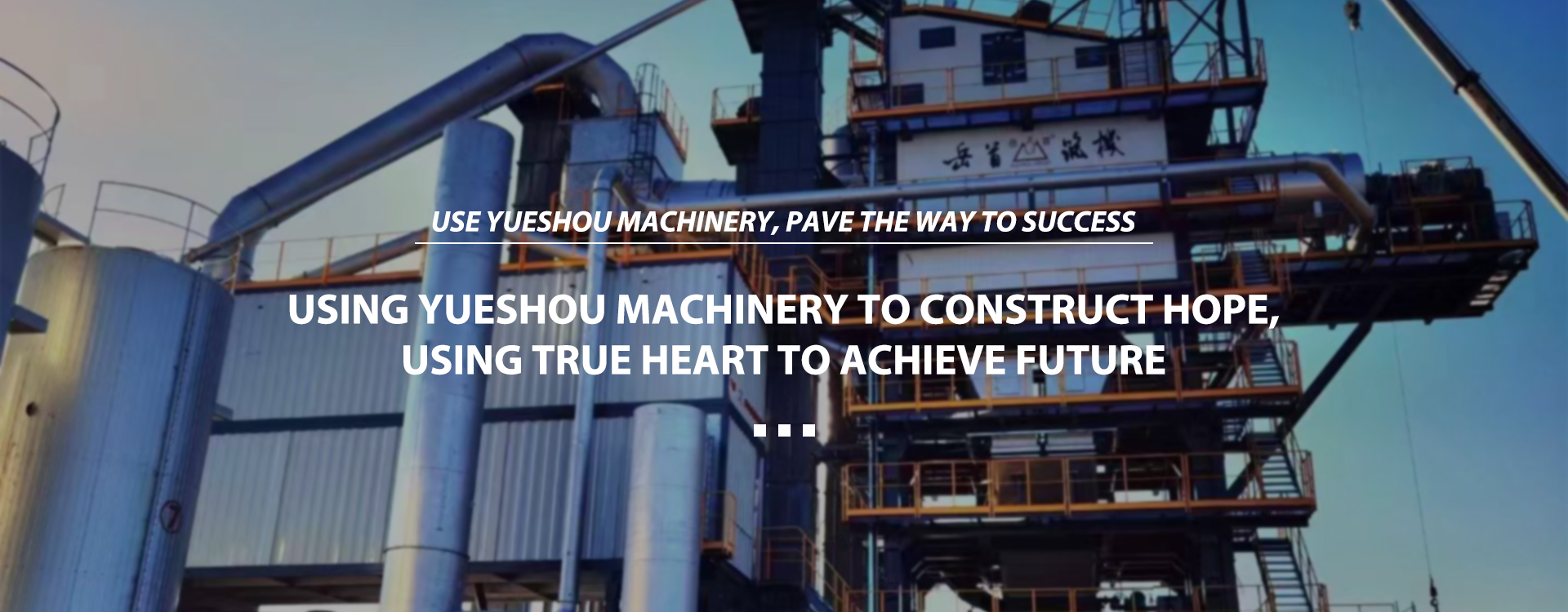
Best selling products
Best selling products-
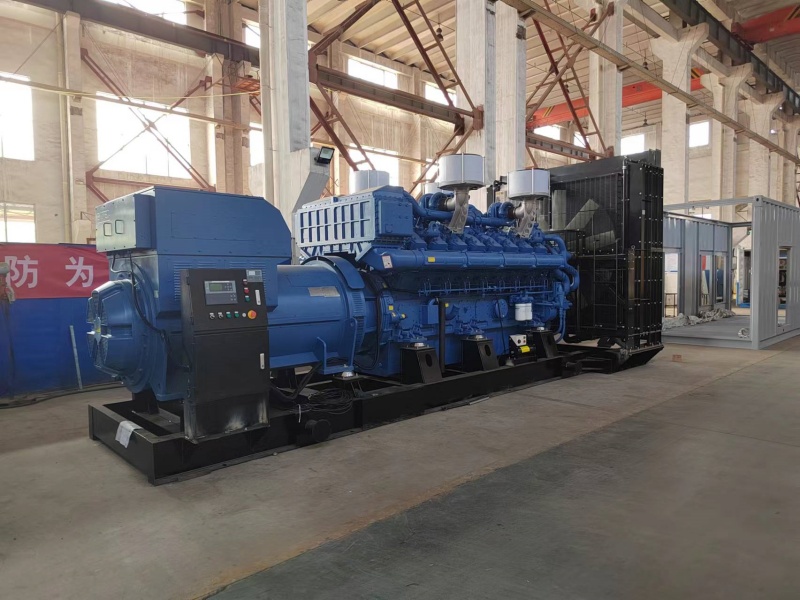 YUCHAI SERIES DIESEL GENERATOR SET
YUCHAI SERIES DIESEL GENERATOR SET -
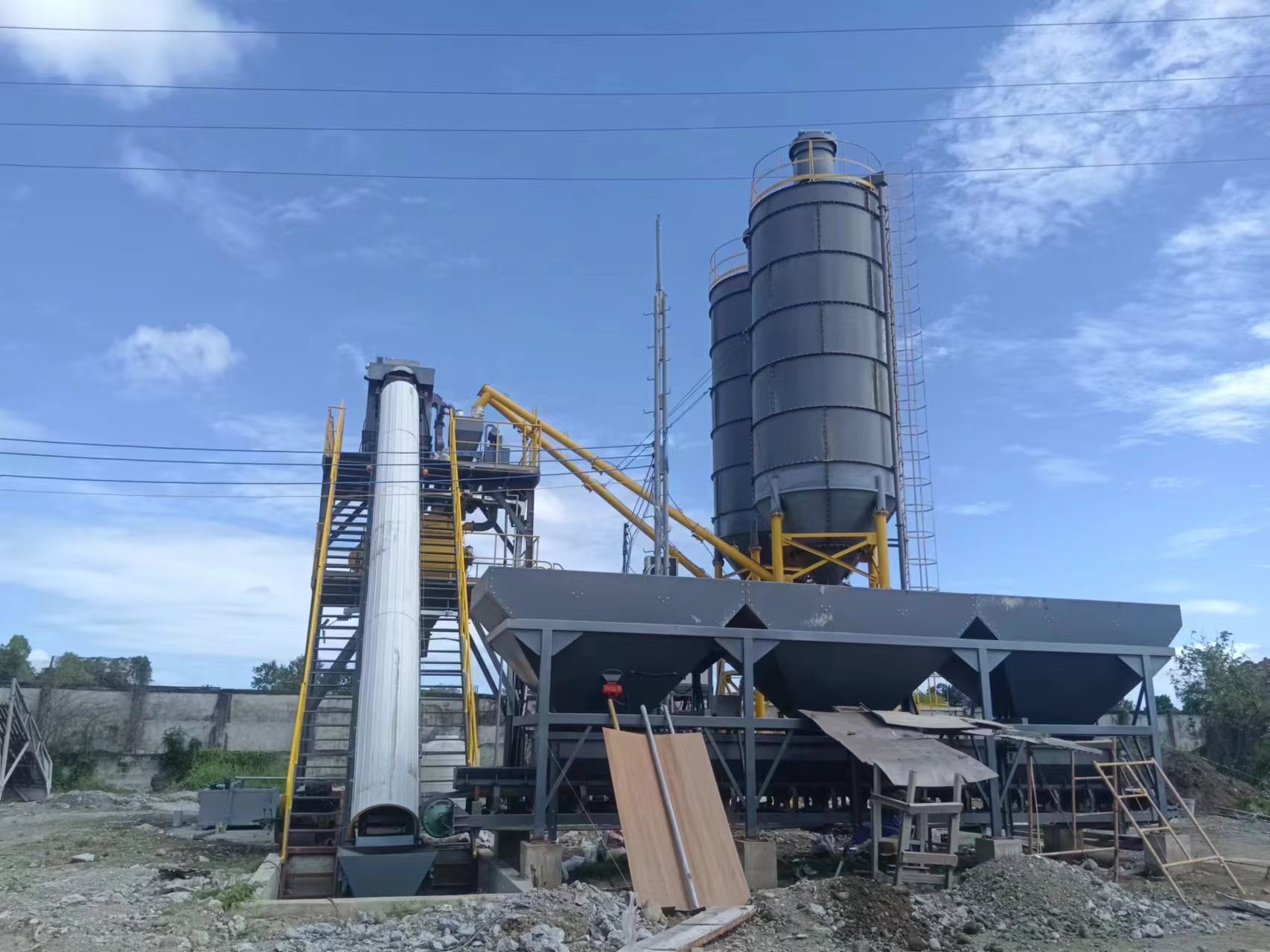 HZS60 concrete mixing plant
HZS60 concrete mixing plant -
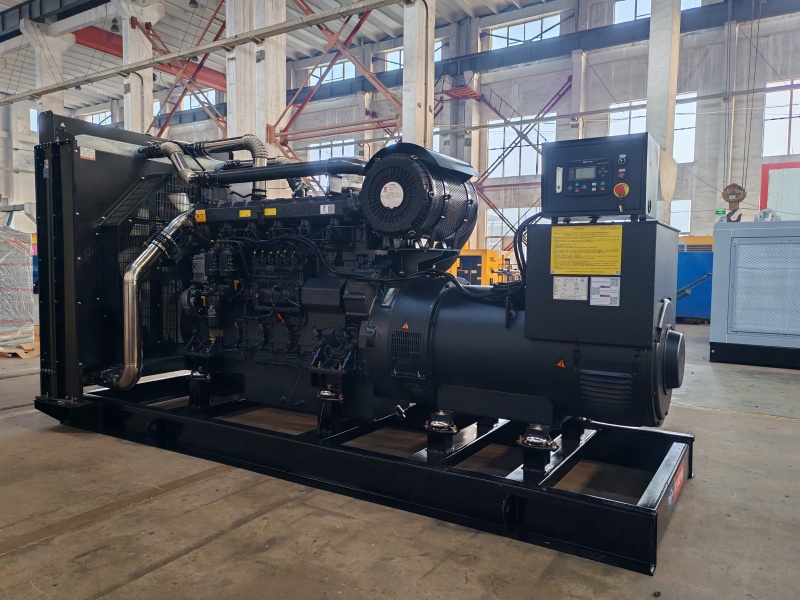 SDEC SERIES DIESEL GENERATOR SET
SDEC SERIES DIESEL GENERATOR SET -
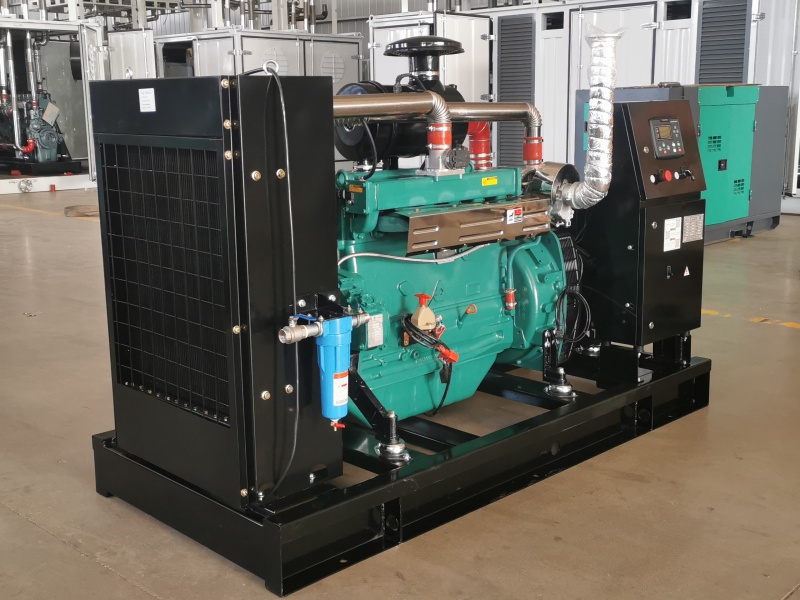 GAS TURBINE AND WATER PUMP SERIES
GAS TURBINE AND WATER PUMP SERIES -
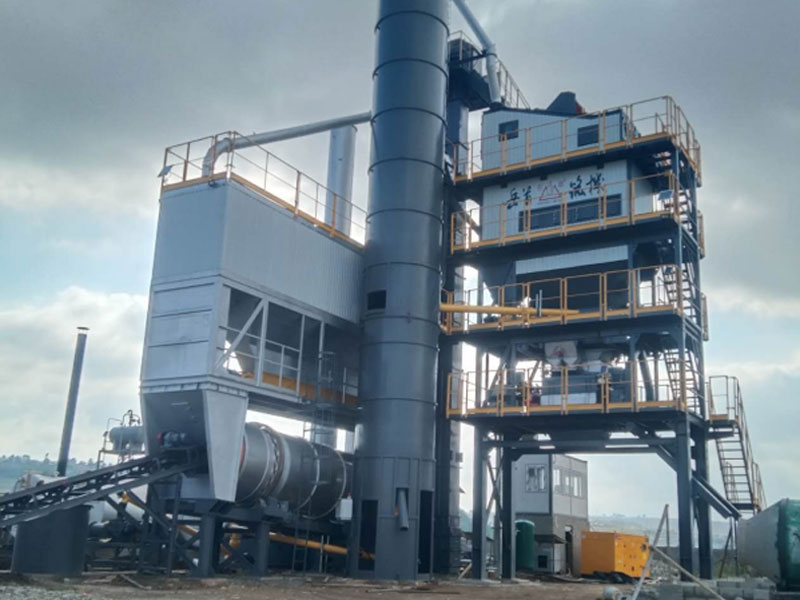 Asphalt Mixing Plant
Asphalt Mixing Plant -
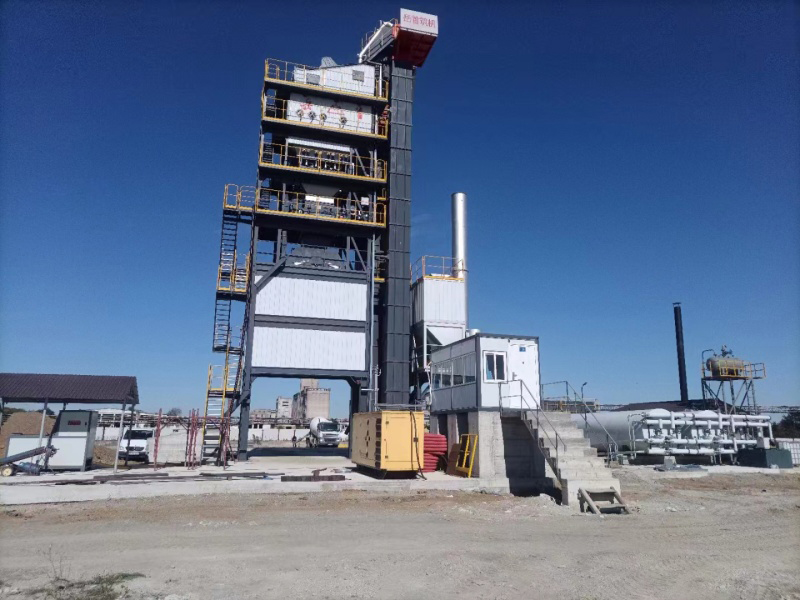 LB2500 Asphalt Mixing Plant
LB2500 Asphalt Mixing Plant -
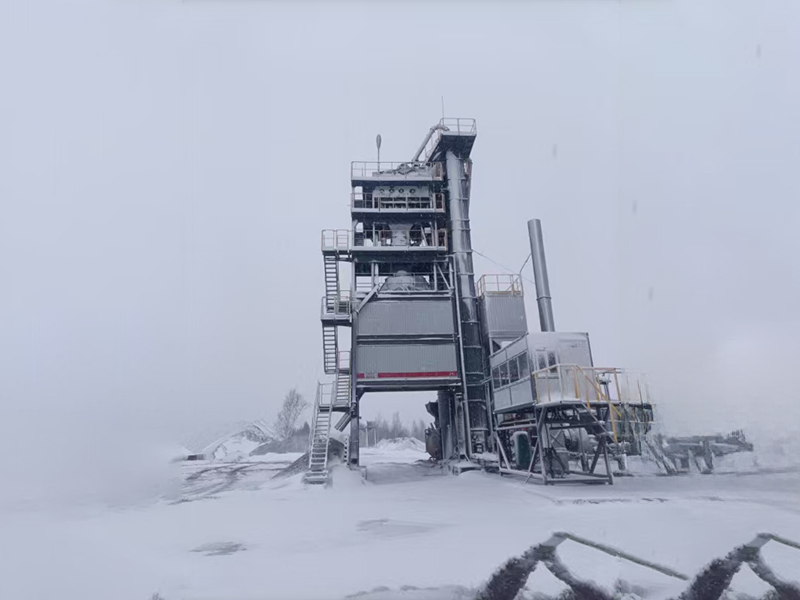 LB1000 asphalt mixing plant
LB1000 asphalt mixing plant -
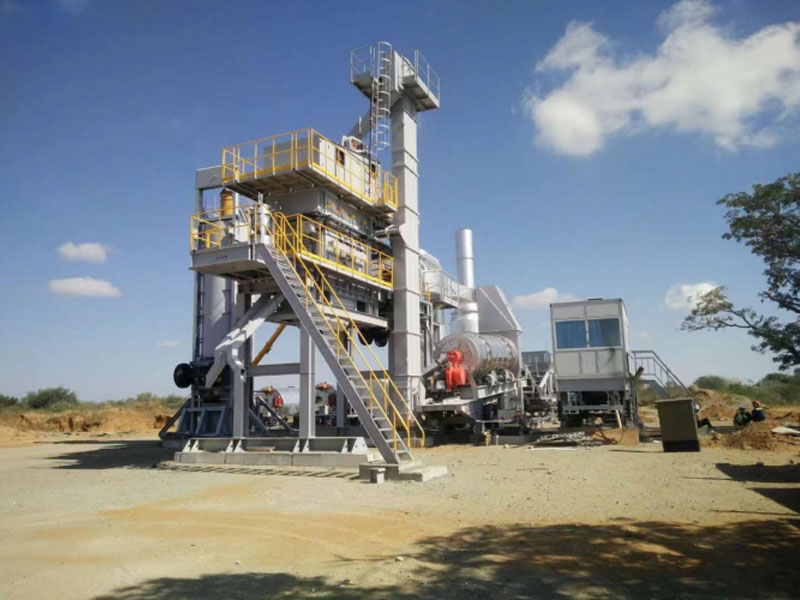 Mobile Asphalt Mixing Plant
Mobile Asphalt Mixing Plant -
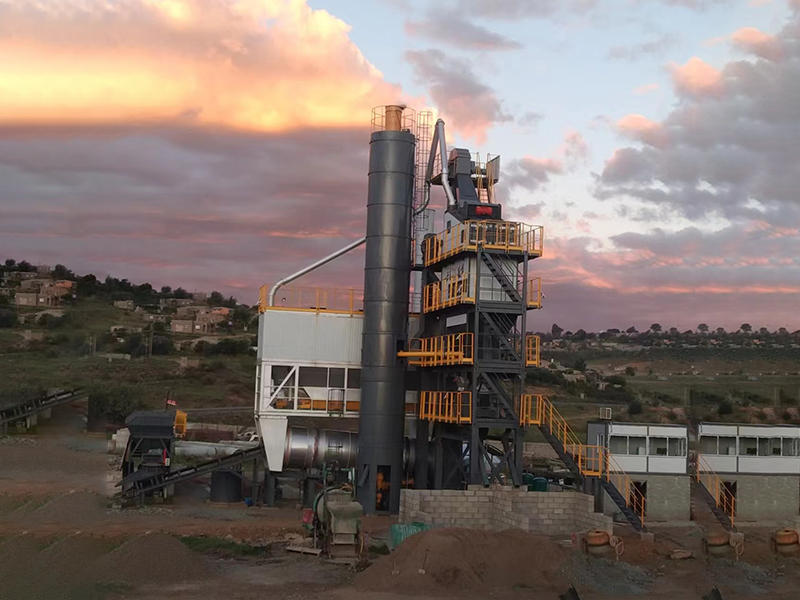 LB1500 asphalt mixing plant
LB1500 asphalt mixing plant -
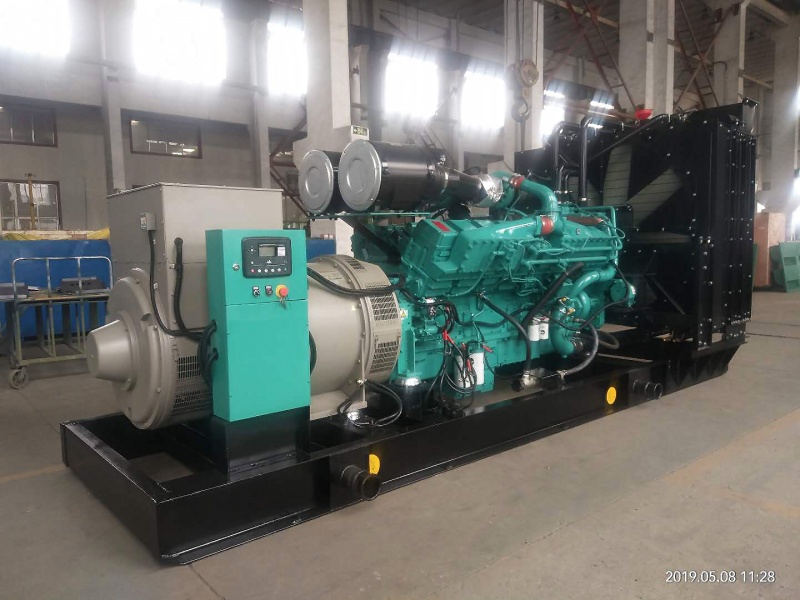 CUMMINS SERIES DIESEL GENERATOR SET
CUMMINS SERIES DIESEL GENERATOR SET -
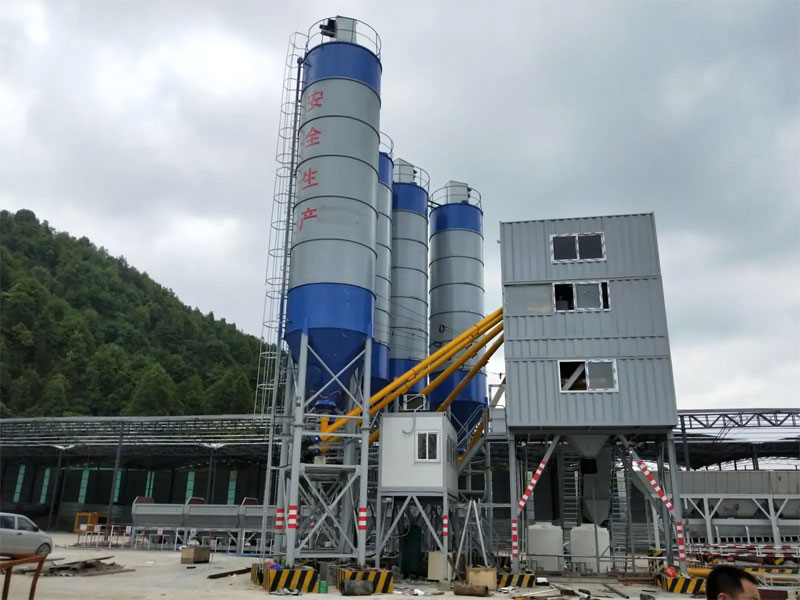 Concrete Batching Plant
Concrete Batching Plant -
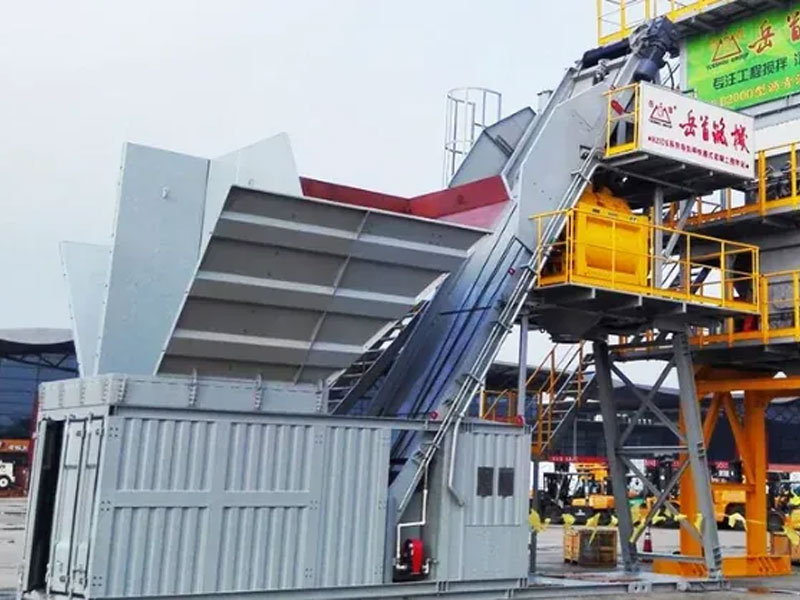 Moveable Type
Moveable Type
Related search
Related search- Buy hot mix asphalt plant
- High-Quality concrete plant cost Exporters
- High-Quality hot mix asphalt plant Exporters
- High-Quality glenn lege asphalt plant Exporter
- High-Quality readymix concrete plant Suppliers
- High-Quality asphalt plant near Factories
- OEM concrete plant cost
- High-Quality apollo concrete batching plant Exporter
- Discount cranford construction asphalt plant
- High-Quality compact concrete batching plant Exporters

